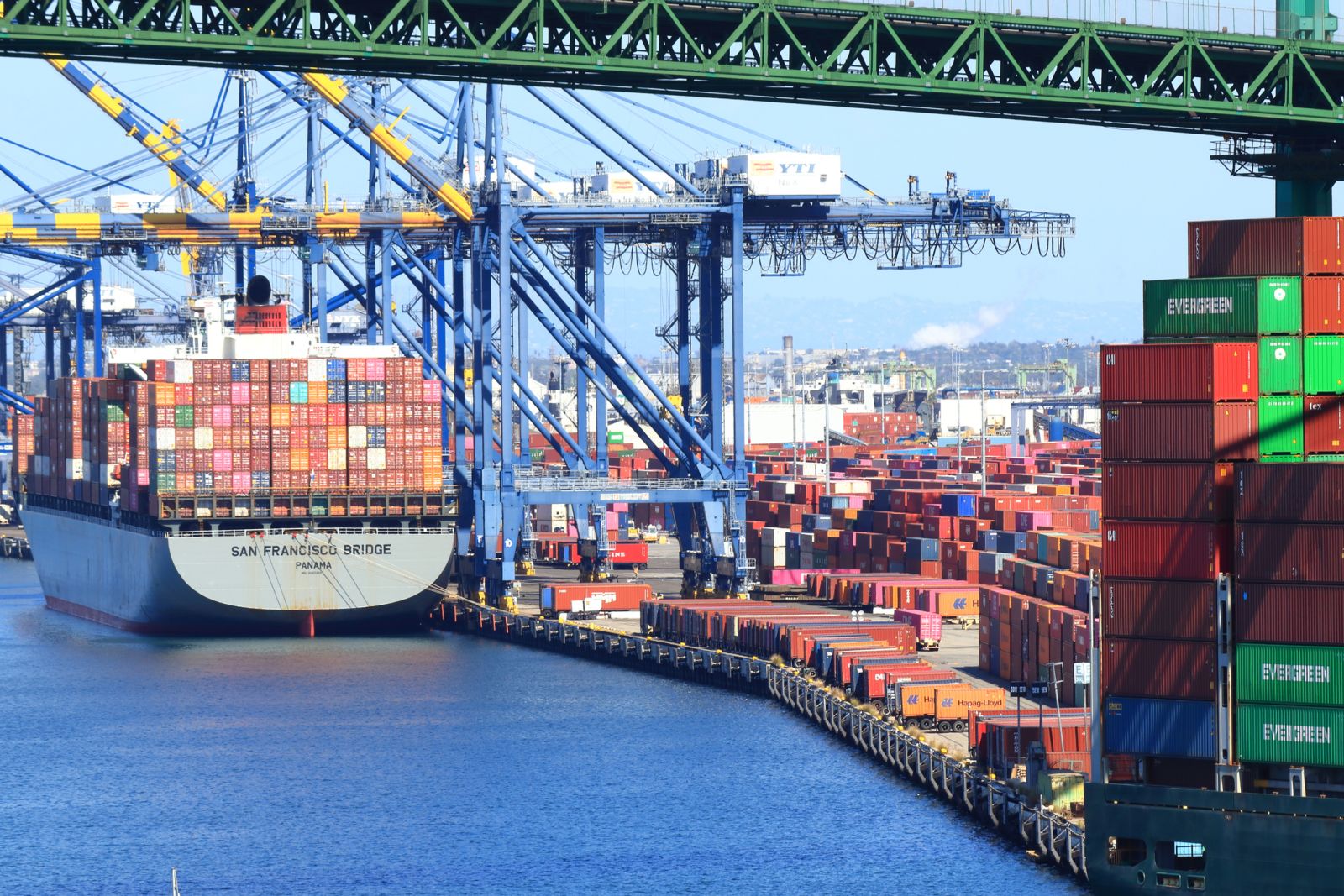
A severe drought that has reduced water levels in the Panama Canal threatens to boost shipping costs that may keep inflation elevated, a new challenge to global central banks as they seek to contain inflation. Water levels at Gatun Lake, which feeds the locks in the Panama Canal to raise vessels as they pass from the Pacific Ocean to the Atlantic, have fallen well below normal, resulting in weight limits and rising surcharges for vessels traversing the canal.
The Panama Canal Authority is forecasting the water level in the Panama Canal to fall to a record low of 78.2 feet (23.86 meters) in July, far below the five-year average of 84.9 feet for July. In addition, the drought conditions that have led to shrinking water levels in the canal may worsen if a forecasted El Nino weather system develops this summer. The El Nino pattern typically leads to severe drought and higher-than-normal temperatures for Panama.
The current drought in Panama has already made moving goods through the canal more expensive. Since February, the canal authority has steadily reduced draft levels, how low a vessel can sit in the water. To comply with the lower draft requirements, large ships must lighten their loads by taking fewer containers or dividing the same cargo amount among more containers. Some ocean carriers have also begun charging per-box container fees on June 1 in response to the lower draft limits.
According to Jonathan Ostry, a former IMF official and current economics professor at Georgetown University, the shipping bottlenecks at the height of the pandemic in 2021 caused a six-fold spike in shipping costs from pre-pandemic levels, increasing inflation by more than 2 percentage points in 2022. Moreover, he said, “Shipping costs can be a canary in the coal mine for future inflation spikes” since it takes 12 to 18 months for those costs to feed through the economy.
The head of business resilience consulting at shipping company A.P. Moller-Maersk said weather patterns worldwide affect shipping costs. He cited the drought in Europe last year that reduced the level of the Rhine River, which caused delays and increased shipping costs for commodities. Also, drought in Southeast Asia this year has led to record low water levels in the Yangtze River, a vital inland route in China. If global weather patterns worsen, shipping costs will surely increase and boost inflation costs worldwide.
On the date of publication, Rich Asplund did not have (either directly or indirectly) positions in any of the securities mentioned in this article. All information and data in this article is solely for informational purposes. For more information please view the Barchart Disclosure Policy here.






